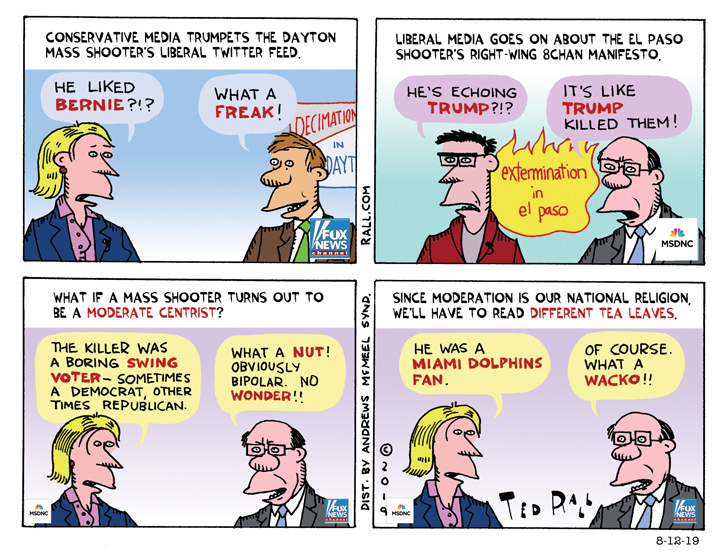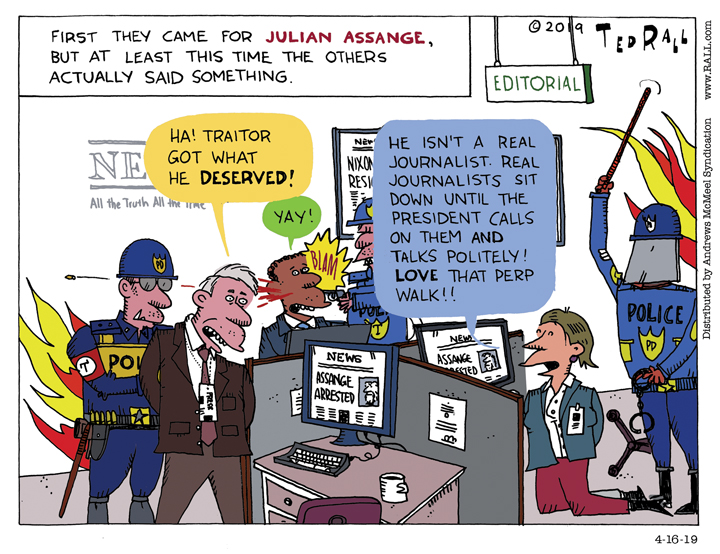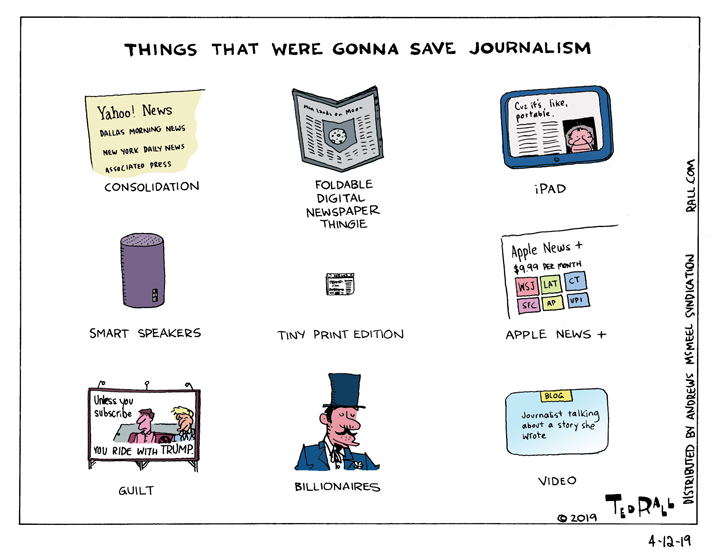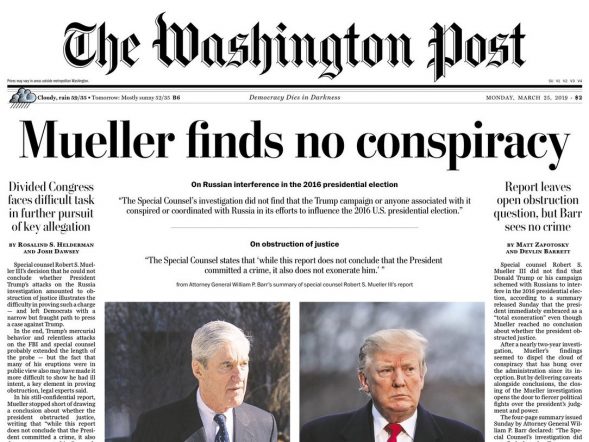
Earlier this year the Portuguese cartoonist António Moreira Antunes drew one of the most controversial political cartoons in history. His cartoon about U.S.-Israeli relations sparked so much controversy that The New York Times, whose international edition published it in April, decided to fire its two staff cartoonists, neither of whom had anything to do with it. Then the Times permanently banned all editorial cartooning.
Antunes took the most flak from the Times itself, as it furiously backpedaled from its own editorial decision to publish his cartoon. In five news stories and editorials, the Newspaper of Record unreservedly described Antunes’ cartoon as anti-Semitic. American media outlets followed the Times’ lead.
“I’m not anti-Semitic, I’m anti-Zionist,” Antunes told me. “In the Israeli-Palestinian conflict I am in favor of two countries and I am against all annexations made by Israel.” The Times censored Antunes’ side of the story from its readers.
Was Antunes’ cartoon, a metaphorical illustration depicting Israeli prime minister Benjamin Netanyahu as a dog leading a blind President Trump, anti-Semitic? That question is both inherently subjective and eminently debatable. “The cartoon is not anti-Semitic, but many political and religious sectors classify any criticism of Israeli policies as anti-Semitic,” Antunes said in an interview.
Pro-Israel groups disagreed. On the other hand, many cartoonists thought there was nothing wrong with it.
But that’s not how the Times covered it. In article after article, Antunes’ cartoon was described as anti-Semitic. It was an objective truth. No one could doubt the cartoon’s anti-Semitism more than the fact that Washington is the capital of the United States.
“Times Apologizes for Publishing Anti-Semitic Cartoon,” read the headline on April 28th.
Not “allegedly anti-Semitic.”
Not “cartoon criticized as anti-Semitic.”
In an April 30th editorial, the paper called Antunes’ work “an appalling political cartoon” and “an obviously bigoted cartoon.” It explained: “The cartoon was chosen from a syndication service by a production editor who did not recognize its anti-Semitism.” Not “its possible anti-Semitism.”
Two more articles on the subject appeared on May 1st: “Times Disciplines Editor and Cancels Cartoon Contract Over Anti-Semitic Drawing” (we don’t know what that discipline entailed, but unlike the cartoonist, the editor wasn’t fired) and “After the Publication of an Anti-Semitic Cartoon, Our Publisher Says We’re Committed to Making Changes.” The text of both pieces described the cartoon as self-evidently anti-Semitic.
On June 10th a Times article announced the end of political cartooning in the Gray Lady. Antunes’ cartoon, the Times stated flatly, contained “anti-Semitic imagery.”
Accusing a political cartoonist of anti-Semitism is as serious as it gets. So something jumped out at me as I read the Times’ repeated characterizations of Antunes’ cartoon as anti-Semitic, so devoid of mitigating language: where was his response?
“The New York Times never contacted me at any time,” Antunes now says.
I reached out to the Times about this; I asked why they didn’t talk to him and how the paper made the determination that Antunes’ cartoon was anti-Semitic. James Bennet, the editorial page editor who banned cartoons and presumably wrote the editorials, did not reply to my repeated queries. (I gave him nearly a week to do so.) Neither did two reporters who authored pieces about Antunes.
I did hear back from Stacy Cowley, who wrote the April 28th piece. “I dug around online and was unable to find any contact information for Mr. Antunes,” Cowley explained. “He has no publicly posted contact information that I could find, and as of the date I wrote my article, he had not publicly commented to any other news outlets about his cartoon. (Had he done so, I would have linked to and quoted his comments.)” Cowley said she tried to reach the editors of Antunes’ home paper in Portugal. She noted that she was working on a tight deadline.
I reached Antunes via Facebook; he replied via email.
Contacting the subject of a news story for comment is Journalism 101, a basic ethos taught to students at high school newspapers. That goes double when the article is critical.
“Few writers need to be reminded that we seek and publish a response from anyone criticized in our pages,” the Times says in its Guidelines on Integrity. “But when the criticism is serious, we have a special obligation to describe the scope of the accusation and let the subject respond in detail. No subject should be taken by surprise when the paper appears, or feel that there was no chance to respond.” Given the gravity of the criticism leveled against Antunes, the Times appears to have fallen woefully short of its own standards.
OK, Cowley was on deadline. What about the other articles? They appeared days later. One ran six weeks later. Antunes isn’t a recluse—he’s one of the most prominent cartoonists in Europe. I found him. So did other newspapers.
The Times could have contacted the New York-based syndicate from which it bought Antunes’ cartoon; the syndicate has his contact information, as they do of all their contributors.
Though scarred by his experience, Antunes says that he has not lost business. “The U.S. media” he says, “are prisoners of political correctness, right-wing turning [sic] and social media.” Europe, he says, is more tolerant.
What’s clear is that the Times threw its cartoonist under the bus in a shockingly cavalier fashion—a practice that has become so common that it’s contributing to the imminent extinction of political cartooning.
The Times owes Antunes an apology. They owe the two fired cartoonists their jobs back, along with back pay. Political cartoons should resume their rightful place in the paper.
Finally, the Times owes its readers an assurance that they will never again succumb to the siren call of “fake news” as part of an ethically-challenged witch hunt.
(Ted Rall (Twitter: @tedrall), the political cartoonist, columnist and graphic novelist, is the author of “Francis: The People’s Pope.” You can support Ted’s hard-hitting political cartoons and columns and see his work first by sponsoring his work on Patreon.)







